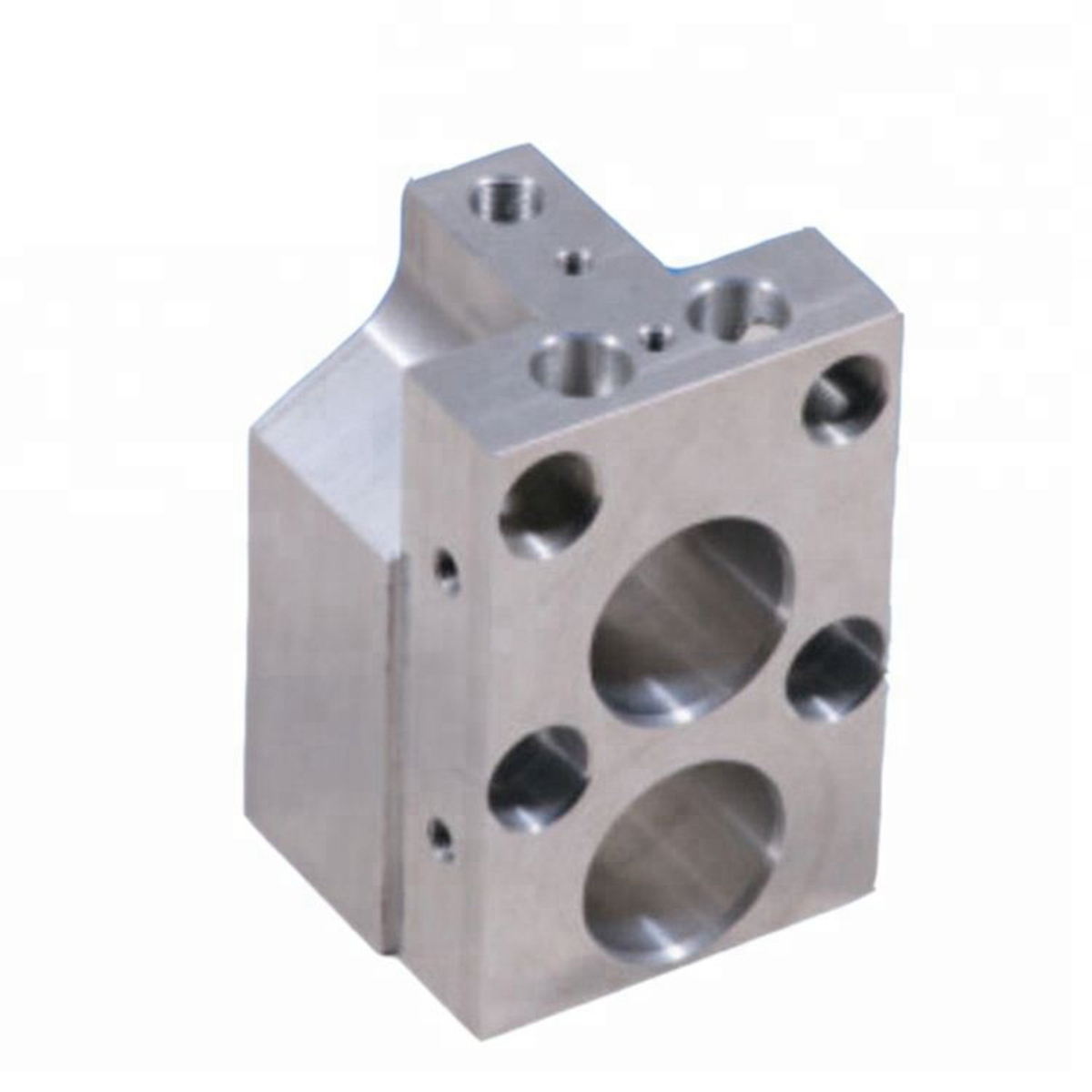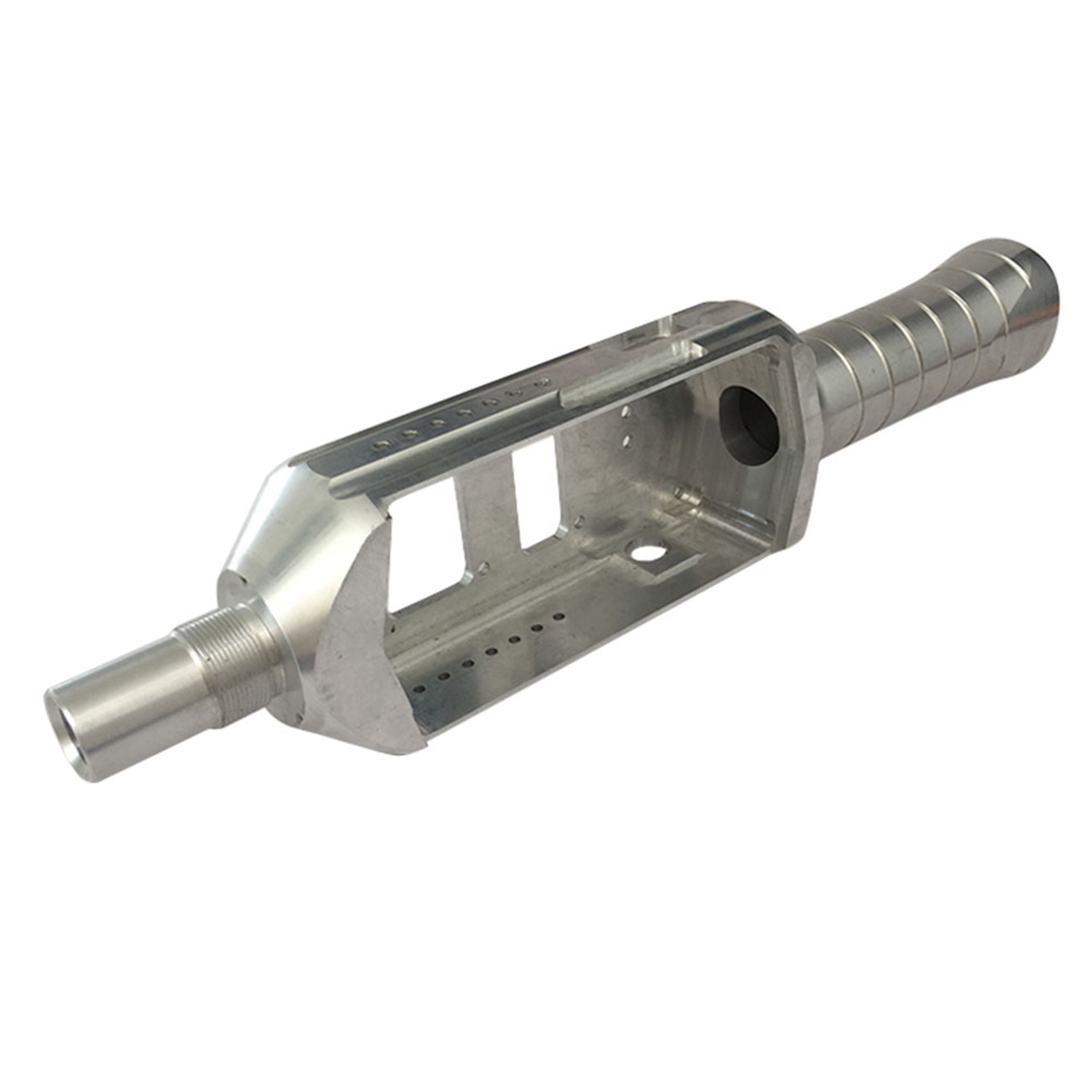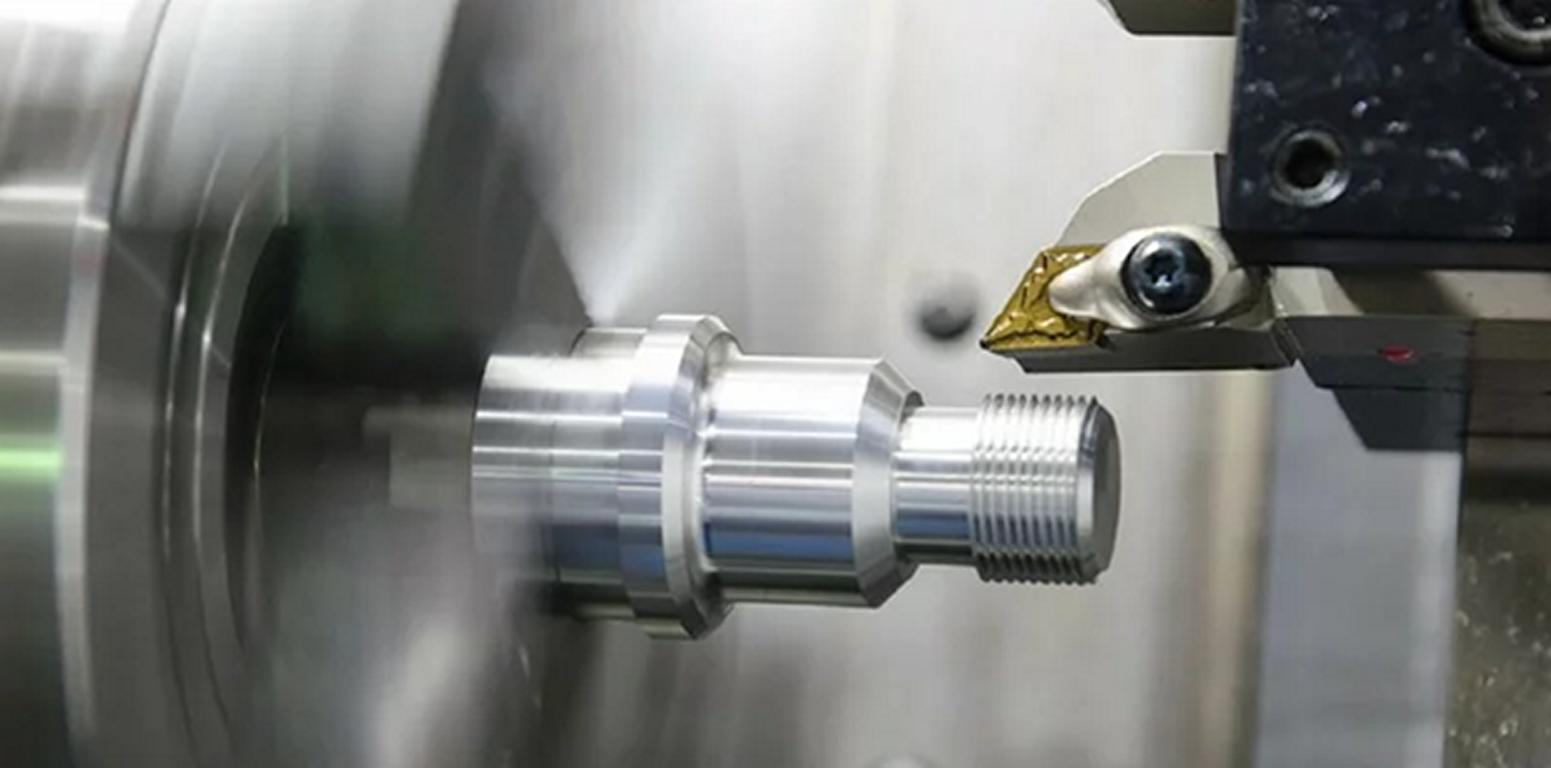Steel comes in different types, distinguished by their composition and properties. The different steel types are mentioned and discussed below:
1. Carbon Steel
Carbon steel is the most basic and widely used type of steel. It accounts for about 90% of all steel that is made. It is characterized by its composition of primarily iron and carbon. Carbon steel also has a maximum alloying element percentage of 2% with compositional limits of 4.65% manganese, 0.6% copper, 0.6% silicon, 0.05% sulfur, and 0.04% phosphorus with no other elements deliberately added in. It is divided into three subcategories based on carbon content: low, medium, and high. Low-carbon steel, also known as mild steel, contains up to 0.3% carbon, making it ductile and malleable for easy forming. The low carbon content also makes it easy to weld. Low-carbon steel is a good choice for construction materials and automotive body panels. Medium-carbon steel, with 0.3% to 0.6% carbon, balances ductility and strength, making it suitable for gears, rails, and structural components. High-carbon steel, with more than 0.6% carbon, is prized for its hardness and wear resistance and is typically used in cutting tools and springs. Typically, they do not contain more than 2.1% carbon. Ultra-high or very high carbon steel has a carbon content above 1.0% and below 2.1%.
2. Alloy Steel
Alloy steel has other elements in its composition besides iron and carbon. These elements are added to enhance the steel’s mechanical properties to meet specific industrial needs. Elements such as manganese, silicon, nickel, and chromium augment the steel’s strength, toughness, and corrosion resistance. The amount of alloying elements can vary from as little as 1% to as much as 50%. Alloy steel is divided into low-alloy, medium-alloy, and high-alloy steels, based on the percentage of alloying elements.
Low alloy steels are characterized by their modest alloying element contents, having less than 1.8% nickel, less than 6% chromium, and less than 0.65% molybdenum. Their tensile strength varies significantly, ranging from 450–620 N/mm2 to 850–1000 N/mm2. Medium alloy steels have an alloying element percentage between 5–12%. This category includes nickel steels ideal for structural components like axles and shafts, nickel-molybdenum steels that can be case-hardened for use in parts such as cams and bearing races, and nickel-chrome-molybdenum steels, which are known for their high strength and excellent fatigue resistance.
High alloy steels, on the other hand, contain over 12% alloying elements and offer specialized properties such as the corrosion resistance found in stainless steels with 13–18% chromium content, the wear resistance of austenitic steels with over 11% manganese, and the exceptional heat resistance and strength seen in certain high alloy steels, making them suitable for demanding applications across various industries. In general, alloy steel finds use in such sectors as the automotive, pipeline construction, and power generation industries.
3. Stainless Steel
Renowned for its corrosion resistance and aesthetic appeal, stainless steel incorporates a significant chromium content that forms a passive oxide layer, protecting the steel from staining and corrosion. Stainless steel is categorized into duplex, austenitic, ferritic, and martensitic groups, each with distinct properties. Austenitic stainless steels are non-magnetic, highly formable, and used extensively in kitchenware, chemical processing equipment, and medical devices. Ferritic stainless steels are magnetic and used in automotive and appliance applications, while martensitic steels offer hardness and strength for cutlery and tool manufacturing.
4. Tool Steels
Tool steels are ideal for manufacturing various tools, such as drill bits, cutting tools, dies and molds, punches and chisels, knives, blades, etc. They are designed for durability and resistance to wear and deformation. These steels are alloyed with elements like tungsten, molybdenum, chromium, cobalt, and vanadium to withstand high temperatures and mechanical stress. Tool steels are classified into several types based on their hardenability, hot hardness, and shock resistance. Each type is tailored for specific tooling applications, such as: cutting, shaping, and molding materials. The different types of tool steels are: air-hardening, water-hardening, oil-hardening, high-speed, hot-working, and shock-resisting.




